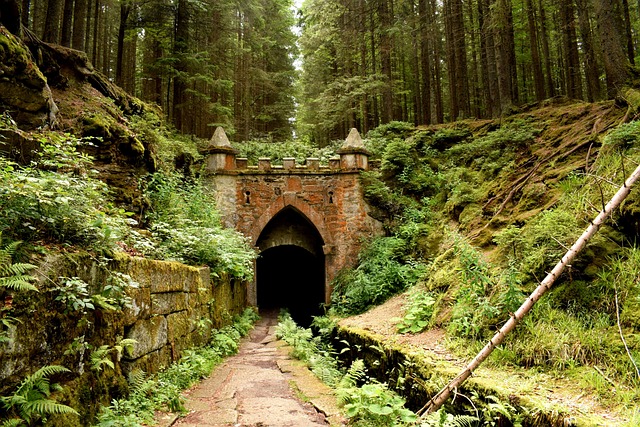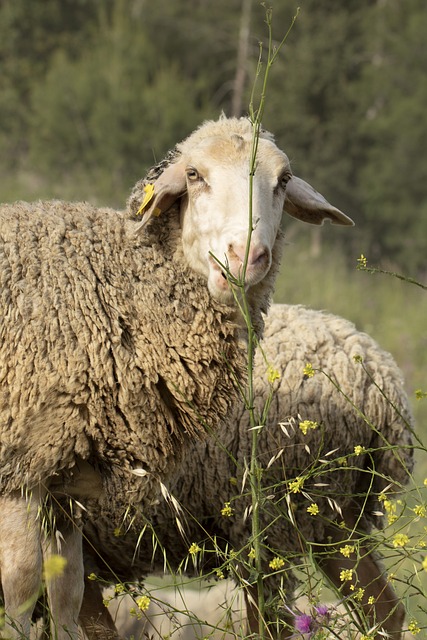
Publicado dia 10/04/2025
blaze 🎁 The Unquenchable Blaze: Understanding the Rampant Fires and Their Consequences

blaze, 10/04/2025
Olá, pessoal! O conteúdo de hoje se concentra em explicar blaze, e vamos analisar casos de aplicação de blaze.
As dry spells sweep across vast regions and weather patterns shift unpredictably, the specter of wildfires looms ever larger, becoming a recurring theme in environmental discussions. The recent outbreaks of blaze across many terrains not only threaten natural ecosystems but pose severe risks to human settlements and biodiversity. This reality compels us to explore the multifaceted nature of wildfires and their far-reaching effects.blaze

Wildfires are not merely an act of nature; they exist at the intersection of ecological cycles and climate variability. When examining the conditions that facilitate these infernos, one must acknowledge the role of temperature and humidity. As temperatures soar and drought conditions persist, the availability of combustible material increases significantly, creating a perfect storm for fires to ignite. Grasslands, forests, and scrublands are particularly susceptible, as they provide ample fuel for an expanding fire front.blaze

Furthermore, human activity plays a crucial role in exacerbating the likelihood of wildfires. From agricultural practices that involve controlled burns gone awry to poorly managed land and forest resources, humans have often catalyzed these blazes. Whether it is through urban expansion into fire-prone areas or irresponsible campfire management, the human contribution to wildfire risk cannot be overlooked. This points to the dire need for public awareness and education on fire prevention strategies.blaze
The impact of wildfires transcends immediate destruction. Beyond the scorched earth lies a complex web of repercussions involving air quality, wildlife displacement, and socio-economic challenges. Smoke billowing from active fires travels vast distances, degrading air quality and posing health risks to communities far removed from the blaze. Respiratory issues, cardiovascular complications, and other health crises often skyrocket during fire season, putting immense pressure on healthcare systems.
Moreover, the destruction of wildlife habitats can lead to long-term impacts on biodiversity. Ecosystems that take years, if not decades, to establish face disarray and imbalance after a significant fire event. Species that lose their homes may migrate, adapt, or perish, further entrenching the cycle of environmental degradation. The delicate interplay of fauna and flora faces disruption, raising pressing questions about future sustainability.blaze
Economically, wildfires hold a dual threat. While some industries such as timber and tourism may initially seem resilient, prolonged incidents can lead to substantial losses. The costs associated with firefighting, recovery efforts, and property damage can culminate in millions. Additionally, the psychological toll on affected communities often runs deep, leading to an increase in mental health issues in the aftermath of these disasters.blaze
Vale ressaltar que blaze desempenha um papel fundamental no cenário geral.
As we navigate this complex reality, it becomes increasingly important to address the strategies available to mitigate the risks posed by wildfires. Controlled burning, reforestation, fire breaks, and community preparedness play vital roles in reducing the spread and severity of fire incidents. Concurrently, employing technology such as satellite imaging and artificial intelligence can enhance predictive models and enable prompt action against potential threats.blaze
On a broader scale, the conversation inevitably leads to climate change. The warming planet and its effects—whether concerning prolonged droughts, unseasonable weather, or erratic precipitation patterns—contribute significantly to the wildfire conundrum. Collective global action is essential if we are to address the root causes of climatic changes while fostering resilient ecosystems. This dictates not only individual responsibility but a systemic commitment to sustainability across nations.
Engagement at all levels—community, governmental, and international—will be critical in establishing frameworks to combat wildfires effectively. This means fostering a culture of preparedness while simultaneously advocating for robust policies addressing climate change.
Ultimately, the youth of today must be equipped with knowledge and skills to champion change. Education around fire ecology, preventive measures, and sustainable practices must be woven into curricula, enabling future generations to inherit a more informed world. Awareness campaigns that elicit community involvement are equally essential. Such initiatives can inspire proactive action and greater resilience in the face of inevitable fire challenges.
As wildfires continue to be a hallmark of our era, driving home the urgency of addressing their impacts and the factors that contribute to their frequency is crucial. Only through concerted effort and effective engagement can we hope to transcend the destruction and evolve toward a more sustainable coexistence with our natural world. The flames may burn bright, but our resolve must burn brighter. The path forward demands our unwavering commitment to understanding, preventing, and facing the reality of wildfires head on.
A discussão sobre blaze e blaze chegou ao fim, esperamos que tenha sido útil para sua compreensão!